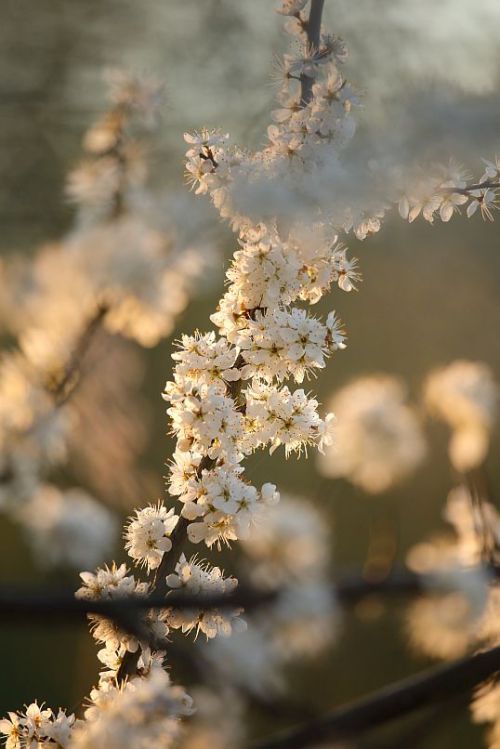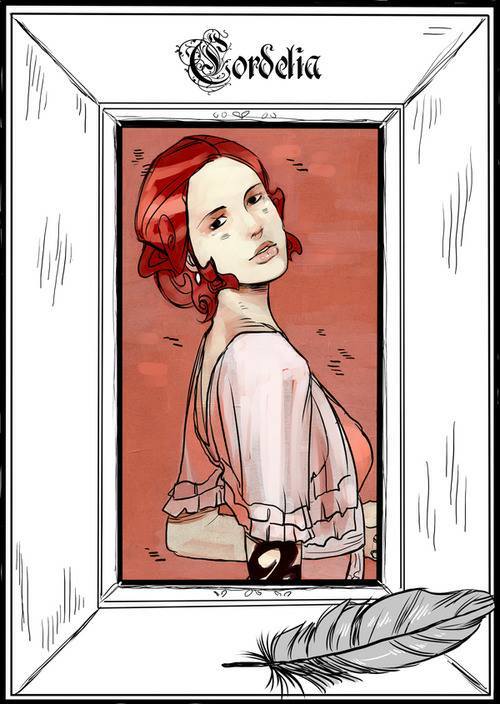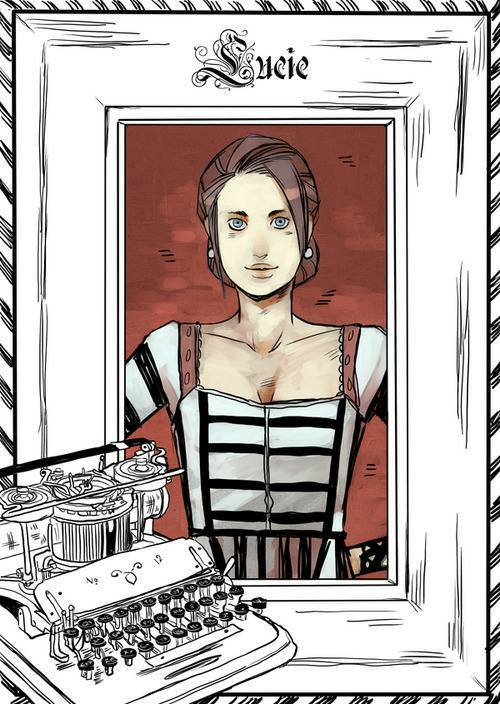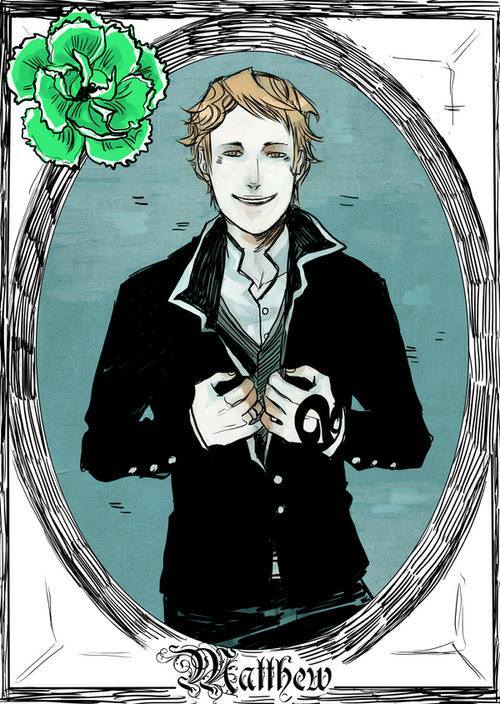#blackthorn
i finished qoaad and im here to bless your dashes with some snapchat!blackstairs !!
– ( @cassandraclare ) –
Post link
Straif
BlackthornModern Letter: STRuler of the Dark Half of the YearOct 31st to April 30th
Straif indicates that the maxim “The best laid plans of mice and men…” is relevant to your situation. Any plans which you have attempted to lay out will be subject to unavoidable change. External forces may tear your plans to their foundations in unexpected and surprising ways. These changes and obstacles are…


Julian Blackthorn to match the drawing I did of Emma✨ from The Dark Artifices by @cassandraclare

Jesse and Grace, ft Tatiana’s shadow ✨
Taglist:
@lucie-blackthorns@axoloteca@casualsthings@ohcoolnice@nc-scketch@lady-ofroses@lord-jethro@astraeasflower@imherongraystairstrash@ddepressedbookworm
Jem to Emma
Dearest Emma,
Thank you for writing to keep me apprised of the situation at Blackthorn Hall, and this haunting in particular. It means a great deal to me that you’re willing to share what’s going on. I’m glad we’ve moved beyond the days when you felt you had to conceal your more wild schemes from the older generation, myself included. I hope you know that you need keep no secrets from me, no matter how outlandish those schemes are. Secrets have caused you and Julian so much heartbreak in the past, I want you to know that you can tell me anything and I will not judge you.
So you say you are helping a ghost? That could be a noble pursuit, and a compassionate one, but I must urge you to be careful. Blackthorn Hall has a history that at times involved unsavory characters and sinister magic, and if a spirit truly is haunting the manor, it may not be benevolent. The fact that Magnus sensed no ill will eases my mind a great deal, but I would still urge you to think carefully about what this ghost asks of you in seeking its freedom. It may not mean you any overt harm, but that does not mean that no harm will come to you.
As for the Devil Tavern—I do indeed know it. It has been a Downworlder haunt for many centuries, and for some time, at the early part of the last century, it was something of a refuge for people Tessa and I cared about very much. I do not want to tell you too much about them — it is painful to cast our thoughts back to that time, for it is a reminder of so much that has been lost, and of those we could not save. But I also think it may not help you — it seems to me best that you go into this search without preconceptions or expectations of what you may find.
Why do I feel this? I can only say that during my many years of being a Silent Brother, I felt a great kinship for shades: for the dead and those who haunted, and for the memories that tethered them to earth. I too was tethered by memories in those times. They were what kept me human and able to return to this life I have now, that I love so much.
So I will not tell you of names, or personalities — they may not be relevant to your search at all, but you must go forward, to find that out. And that is why I will tell you this: you saw only a little of the Devil Tavern. There are a set of rather blackened stairs behind the bar, and up those stairs there is a secret room, one that was closed off decades ago. It is possible that whatever your ghost is looking for may be in there. If you wish to gain entry to the hidden room — and a warmer reception at the Devil in general — show the bartender your family rings. Say the names: Blackthorn. Carstairs. They will matter.
I hope you will keep me apprised of what you discover, and the next steps in your adventure. I wish to know, though there is some part of me that fears what you might find in that room, and what it may say about the fates of those I loved in the past. I hope that I am wrong. I hope that this tale will have a happy ending. I know this much—this ghost is lucky to have determined souls such as yourself and Julian helping it to find rest.
Church has informed me that it is, in fact, time for dinner, and naturally I must attend to his every whim. I hope that you and Julian are having a good time settling in at Blackthorn Hall, in spite of the restive ghost and the many years of neglect the place has suffered. You are correct that it does not surprise me that a ghost is there. The past haunts that place, a story of things done and things left undone. It is possible that by bringing love and warmth into that place, you will close that chapter of neglect, and open a new one, of infinite possibility.
I believe in you, Emma. When I see you, I see Carstairs past; I see bravery, and the flame of Cortana. Remember that you are of the steel and temper of those who have gone before you. I hope that I will see you again soon, and that when I do I will have the strength to tell you of some of them, of a girl with fire-bright hair, and her brother, and those who came before and after them.
Love,
Jem
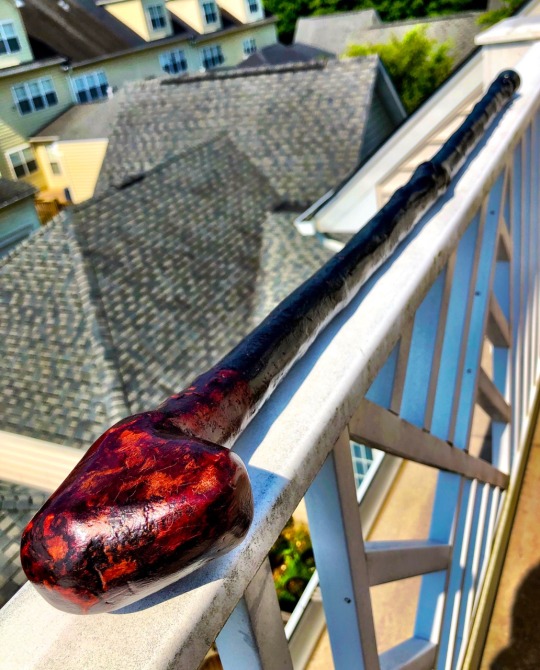

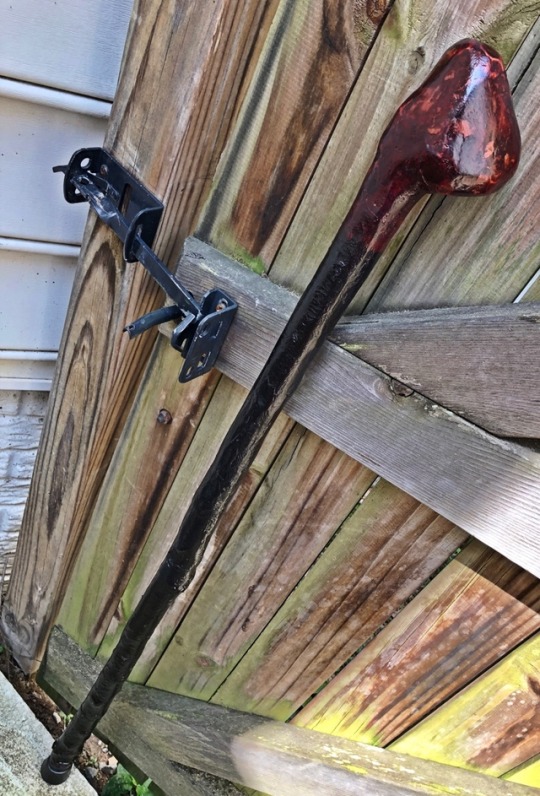
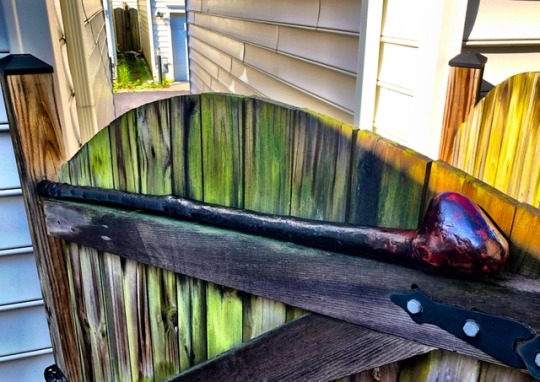
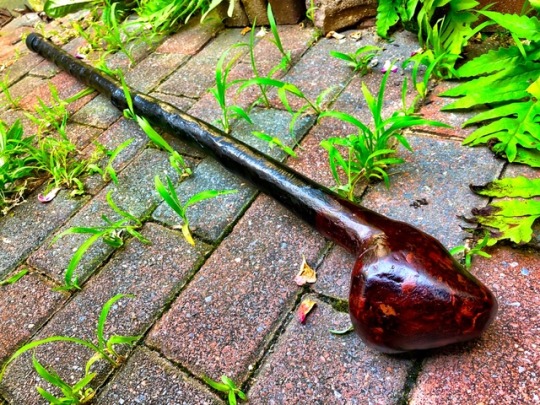
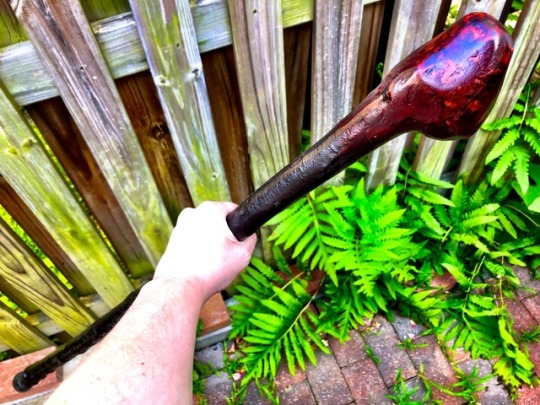

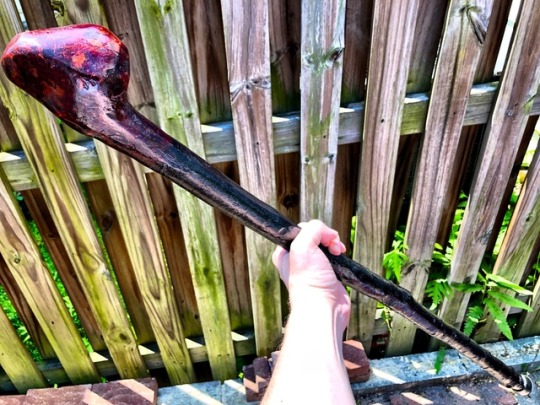
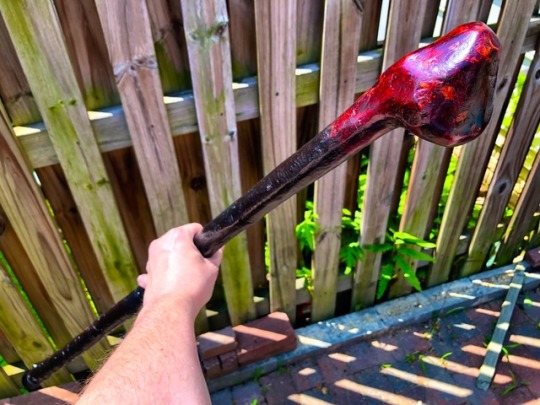
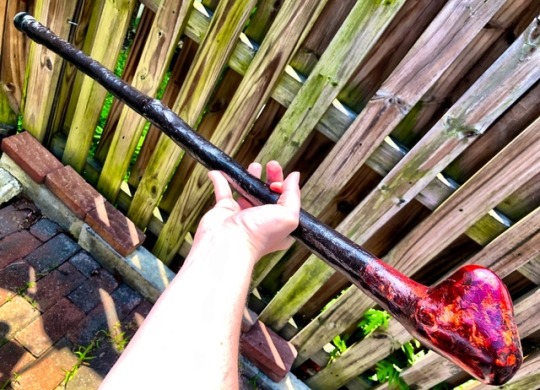
Irish blackthorn The term shillelagh (thonged stick) has a very murky past. It’s not known exactly when people began calling walking sticks and cudgels shillelaghs. Originally, shillelaghs were made from oak, though there is no known connection with Shillelagh Forest or Shillelagh Village, aside from suffering the same anglophone corruption of two different words. After rampant deforestation in Ireland, walking sticks and cudgels found themselves being made from other materials, primarily hawthorne, hazel, and blackthorn. Shillelaghs were used not only as walking aids, but also to settle disputes between individuals and factions. Faction fighting was rampant in the late 18th century and early 19th century, but became almost nonexistent when the Famine set in. Sticks used for the purpose of fighting are simply known as ‘bata’. The use of shillelaghs as a weapon was called bataireacht (literally “stick fighting”). Today, almost all genuine shillelaghs are made from blackthorn which, while strong and decently resistant to warping, is notoriously unforgiving during the curing process. It can take 2 to 3 years for a blackthorn shank to properly cure/dry out. Hurried and/or done improperly, blackthorn will develop multiple cracks, making it unsuitable for use. Some are called loaded sticks on account of them having molten lead poured into a hollowed out area of the knob in order to increase the striking power.
Throughout time, the wand, staff, and scepter have become a part of the magician’s image. As kings held a scepter to symbolize their power, so a magician would hold a rod to symbolize their own. This symbol has existed from the ancient days of Moses into modern times where we have Harry Potter.
There were different kinds of wands owned and employed by sorcerers over the years, but none so terrible and harrowing as the blasting rod. This mystical stick could cause destruction in both the spirit world and mortal world alike. Because of that, both spirit and human feared this tool in the hands of magicians.
Just as many other magical tools, it can be found in both ceremonial magic and folk magic. However, unlike other tools, this is one that has two different interpretations for the two sections of magic. Both are used for ‘blasting’ and damning, but the methods of use and creation are different. It it originated with one or the other, simply that is a tool of magic useful to both folk magicians and ceremonial magicians.
Most of the time, when someone hears ‘blasting rod’, they hear it in the context of low magic. Blasting was something done by witches and cunning folk as a method of sharp, acute cursing. It caused illness, blights, storms, impotence, sterility, barrenness, and misfortune. One of the most common methods of blasting was when a witch would employ their trusty blackthorn rod. The stick was pointed, tapped, and shaken at its intended victims. In some lore, the same rod that placed the curse would be able to undo it. Witches with crooked blackthorn canes are the image tied to this lore. Blackthorn is the most commonly used wood for a blasting rod, so much so that the term has become semi-synonymous with ‘the blackthorn stick’. The thorns of the blackthorn are sharp and cause infection. It was thought to also take revenge on humans that cut it. Just as with other faery trees, the blackthorn was harnessed by witches and magicians as a tool of power. Though blackthorn is the traditional wood for a blasting rod, other thorny branches have been known to be used for it. I’ve seen sticks of blackberry, locust, and even old rose bush branches being employed for similar purposes. The thorns are sometimes left along the stick, and sometimes are taken off and fixed on the end. Sometimes a combination of the two is used. The rod is usually longer than other wands, but shorter than most staffs, making it just the right length for a cane.
In ceremonial arts, the blasting rod differs in creation and methods, but its purpose remains similar to the one used in folk magic. The blasting rod used in ceremonial magic serves a similar purpose to a black handled knife. It is used to command, compel, and threaten spirits or demons. The Grand Grimoire gives both uses and directions to make such a rod. The ritual process of making the rod is arduous, but the requirements of the wand are quite clear. Unlike the folk magic variant, a ceremonial blasting rod is to be made from a forked branch of wild hazel, measuring 19 1/2″ long. The tree it is to be cut from must have never borne fruit. The sharpened tips of the fork are capped with steel from a blade used to make a sacrifice and magnetized with a lodestone. When used in ritual, if the magician wishes to smite a spirit for noncompliance, the forked prongs are held over a flame while uttering a curse to the spirits. The Grimoire claims that this tool has come directly from God, as He used it to smite traitorous angels and throw them down. The Grimoire also accounts for its power over storms and its ability to both call them down and push them away.
Whether it be bloodied steel or piercing thorn, the blasting rod not only sends forth attacks, but it also protects the magician. It is, of course, offense which serves as the best defense. The rod can be used to place protection curses (I swear, it’s not an oxymoron) on places, people, and things. Should the protection spell be broken or compromised, the curse is activated and attacks the attacker. The rod itself might be charmed to spectrally attack those who seek to harm its owner, whether spirit or living being. In ceremonial magic, the blasting rod can be used as retaliation against a spirit or demon who seeks harm on the magician. In folk magic, the blasting rod might be used to blast someone who wishes ill on the magician. In addition, just as the blackthorn has the power to conjure frightful storms, it also has the power to wash them away. Though defense and offense are thought to be opposites, they are the same face wearing different masks.
I have no doubt that the blasting rod as described in the Grand Grimoire could also be employed as the thorny variation. A forked branch, capped with steel used to make a sacrifice, magnetized with lodestone, could very well prove to make nasty curses on the living, especially so in keeping mind of the damage it causes to spirits.
It is also interesting that the rod is tethered to the powers of lightning and storms. I suppose this keeps in line with its title and primary use. Lightning blasts things. It is quick, but it can cause untold destruction. Just as a single thorn prick can cause terrible infection (especially so for blackthorn), a single lightning strike can light the forest ablaze. As for the ceremonial one, God is known for striking and speaking through lightning and storms. His wrath is often thought to be called down through the sky. The blasting rod is His tool, according the to Grand Grimoire, so why would it not exemplify his ire and fury?
The blasting rod is a true symbol of the terrible power that magicians hold over the world, as in direct symmetry with the power that God does. Both spirits and townsfolk remember that power.
I like how Cassandra Clare has put at least one bad egg in most of the Shadowhunter families (with multiple members). Fairchild, Lightwood, Blackthorn, Carstairs, etc
Except Herondale, I don’t remember anyone in that family who was rather a rotten person (please enlighten me)
Cassandra Clare really likes compound surnames doesn’t she








Blackthorn blossoms
Have you ever been seeing memes for a long time and tell yourself “I should stop before I see a spoiler” but the memes are so good you don’t stop. Then the spoiler hits you like a bitch, you close everything down, zone out for a while, and insult yourself right after?



These three little girls were born here on Jun 26. Pairing was Rose (hypo leopard het blood) x Blackthorn (blood het leopard).
Sadly, during birth Rose got blocked up by a calcified slug and passed away shortly after the surgery to remove it. Quite a bummer to start out the birthing season, but I am grateful these three sweet kids made it out. They’re all doing great so far!
F01 (top): Blood het leopard
F02 (middle) and F03 (bottom): Leopard het blood
Shadowhunter Families
To be a Herondale is to love so deeply and passionately that you feel like you’re flying rather than falling.
To be a Carstairs is to be the sword and shield between what you love and the world against it.
To be a Lightwood is to burn bright with the love you have not only for others, but the love you learn to feel for yourself.
To be a Blackthorn is to be so devoted to your family that the hand striking at them comes away with its blood on your armor.
To be a Fairchild is to understand and love those around you for the strength that others call a weakness.
To be a Lovelace is to let the ones you love choose their path, even if it breaks your heart when they never return.
To be a Morgenstern is to sink to any depth for what you love, even if you hit the ground burning on your own passion.
To be a Shadowhunter is to love.






